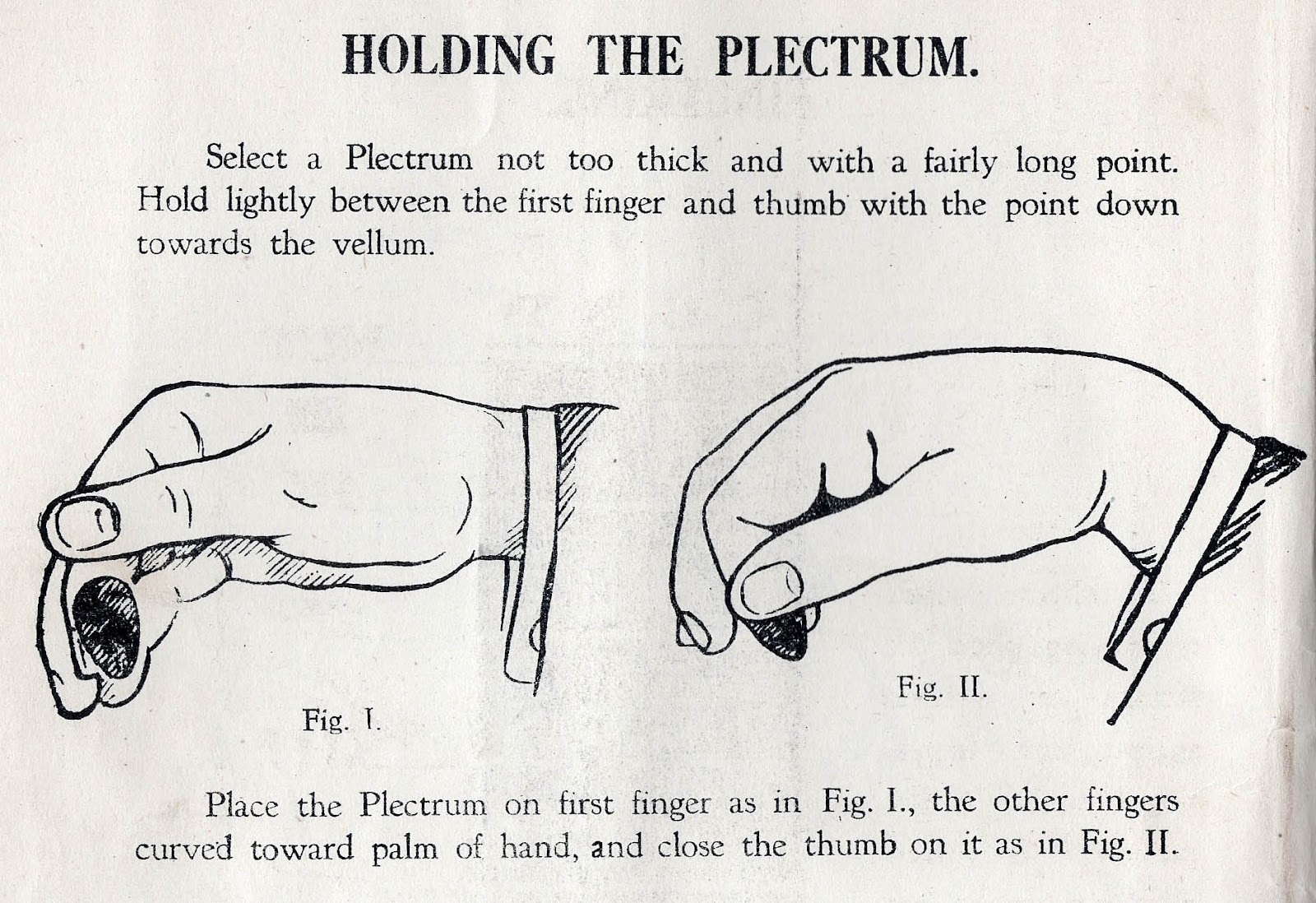As a mandolin player, I understand the challenge of unlocking the secrets to strumming this timeless instrument. Strumming is an essential part of playing the mandolin and can take some practice to master. In this article, I’ll share my tips and tricks on how to strum a mandolin so you can create beautiful music and add variety to your playing.
Parts of the Mandolin
- Headstock: Supports the tuning machines, which are used to adjust the string tension and pitch.
- Tuning Machines: Used to adjust string tension and pitch.
- Fretboard: The flat surface on the neck of the mandolin, where the strings are pressed to create different notes.
- Frets: Metal strips embedded into the fretboard, used to create different notes.
- Pickguard: A thin plastic or metal plate that covers the strings to protect them from scratches or other damage.
- Bridge: Supports the strings and holds them in place at a certain height from the fretboard.
- Strings: Steel or nylon strings, which produce the sound when plucked or strummed.
- Soundhole: The large circle in the body of the mandolin, where sound is projected out from the strings.
- Body: The main part of the mandolin, made of wood or other materials.
Holding the Mandolin
| Right Hand | Left Hand |
|---|---|
| Grip the neck firmly with your thumb and index finger. | Place your thumb on the back of the neck and curl your other fingers around the neck. |
| Rest your middle and ring fingers on the strings. | Press your palm against the back of the body. |
| Hold the pick with your thumb and forefinger. | Place your index finger on the first fret. |
| Start strumming. | Keep your left hand fingers slightly bent and use them to press down on the strings. |
Strumming Basics
| Technique | Description |
|---|---|
| Downstroke | Stroke made when the pick moves downwards |
| Upstroke | Stroke made when the pick moves upwards |
| Alternating Stroke | Stroke alternating between a down and up stroke |
| Chunking | Strumming multiple strings at once |
| Raking | Strums made by dragging the pick over the strings |
| Bouncing | Strumming with a quick, short motion |
Strumming is an important part of playing the mandolin, and there are several techniques to master. The most basic techniques are the downstroke, upstroke, and alternating stroke. Downstrokes are made when the pick moves downwards and upstrokes are made when the pick moves upwards. Alternating strokes alternate between down and upstrokes. Chunking is a strumming technique where multiple strings are strummed at once. Raking is a strumming technique where the pick is dragged over the strings. Finally, bouncing is a strumming technique where the pick is moved with a quick, short motion.
Alternating Down and Up Strumming
- Hold the pick between the thumb and index finger, with the other fingers curled into the palm.
- Gently move the wrist up and down, with the pick lightly grazing the strings.
- Alternate between down strokes—moving the pick down the strings—and up strokes—moving the pick up the strings.
- For a more varied sound, use different down and up strokes—down-up-down-up or down-down-up-up.
- Use the palm of the fretting hand to mute the strings that are not played.
Adding Chords
The mandolin is a versatile instrument, capable of playing chords as well as melodies. Learning to strum chords is an important part of mastering the mandolin. Here are the steps to adding chords:
| Step | Instruction |
|---|---|
| 1 | Use your fretting hand to fret the four strings of the mandolin at the same time by pressing down on the strings with your fingertips. |
| 2 | Position your fretting hand on the fretboard so that you are pressing down on the strings at the desired fret. |
| 3 | Use your strumming hand to strum the strings in a downward motion. |
| 4 | Strum the strings in a consistent rhythm. |
| 5 | Repeat the process to add additional chords. |
By following these steps, you will be able to add chords to your mandolin playing and become a better musician.
Creating a Melody
- Find a key or a chord progression that you would like to work with.
- Pick a single note from that key and use that as your starting note.
- Try to construct a short phrase by playing a few notes with the mandolin.
- Repeat the phrase a few times, each time making small changes to it until you have a complete melody.
- Once you have a melody, try to create a counter melody or a harmony by playing the same phrase with a different instrument or with a different voice.
- Once you have a counter melody, you can add variations and flourishes to make it more interesting.
- Once you have your melody and counter melody, practice playing them together and make sure they sound good.
Combining Chords and Melody
Strumming the mandolin is an art form that requires practice and skill to master. As a player, you need to learn how to combine chords and melody to create a beautiful musical piece. When strumming the mandolin, you should be aware of the different rhythms used in a particular piece of music. You will need to learn the basic strumming patterns for the chords and then practice using the melody to accompany the strumming. Once you become comfortable with the basic strumming patterns, you can start to experiment with different rhythms and techniques.
For example, you can start with a basic 8-beat strumming pattern, then add an additional 8-beat strum on the up-beat or down-beat. You can also try strumming with a constant rhythm, or adding syncopation to the strum. As you become more comfortable with strumming the mandolin, you can start to experiment with more advanced techniques, such as using hammer-ons and pull-offs, or using slides and bends to add even more character to your playing.
When combining chords and melody, it is important to remember to keep the melody as the focus of your playing. You should also focus on playing the chords as accurately as possible, while still allowing the melody to come through. Once you have mastered the basics of strumming and chord changes, you can start experimenting with different techniques and rhythms to create a unique and beautiful musical piece.
Playing with Other Musicians
- Listen and pay attention to what other musicians are playing.
- Be aware of when it is your turn to take a solo.
- Practice playing by ear and with sheet music.
- Know the structure of the song and when to transition into different sections.
- Keep a steady beat and play with the dynamics of the group.
- Be comfortable to improvise and be creative.
- Understand the importance of blending in with the group.
Frequently Asked Questions
What is the best way to learn how to strum a mandolin?
The best way to learn how to strum a mandolin is to start with the basics. Begin by learning the fundamentals of holding the instrument, the fingering and picking technique and the basic strumming patterns. As you become more familiar with the instrument, learn more complex chords and strums. Practice regularly and listen to recordings of other mandolin players for inspiration. With patience and dedication, you will soon become a proficient mandolin strummer.
How do I make sure I am strumming the strings of the mandolin correctly?
To ensure that you are strumming the strings of the mandolin correctly, you should begin by making sure your arm and wrist are in a relaxed position. Hold the pick in your dominant hand at a 45-degree angle to the strings. With the other hand, use your thumb and first two fingers to lightly press the strings against the fingerboard. Strum the strings with a fluid motion, starting with the lower strings and working your way up. Make sure to keep your motions even and consistent.
Are there any tips or tricks to help make the mandolin strumming easier?
Utilize a picking motion whenever possible. This will help you to achieve a better sound quality than if you were to strum. Make sure to hold the pick at the correct angle. Ensure that your wrist is relaxed and you are using a loose grip. Practice using different strumming patterns with different tempos. This will help you to become more comfortable with the technique. Experiment with varying the force of your strum. Increase and decrease the pressure on your pick to create a variety of sounds. Try and use a metronome to help you stay on time. This will help you to stay in the pocket when playing with others. Finally, practice slow and gradually increase the speed.
What are some of the benefits of learning how to strum a mandolin?
Strumming a mandolin helps improve coordination and agility of the hands, fingers and arms. It also helps develop dexterity and independent coordination between the right and left hands. Additionally, strumming a mandolin helps improve musicality, ear training and music theory. Furthermore, learning how to strum a mandolin can help improve self-esteem and confidence while playing. Finally, learning how to strum a mandolin can provide great stress relief and relaxation.
What Techniques Should I Use to Improve My Strumming on the Mandolin?
To improve strumming on the mandolin, it is important to focus on proper hand and wrist technique, practice regularly, and experiment with different strumming patterns. It is important to use a light touch and keep your wrist loose when strumming. Start slow and build up speed gradually, and practice playing with a metronome. Explore different strumming patterns and learn how to incorporate upstrokes, downstrokes, and accents into your playing. Additionally, listen to recordings of professional players and learn how they approach strumming.
Conclusion
Strumming the mandolin can be a daunting task for a beginner, but with practice and patience, it is possible to master the instrument. The key to success is to focus on the basics: a steady rhythm and the proper picking technique. As you gain more experience, you can begin to explore different strumming techniques, such as double-stop strumming, to add texture and complexity to your playing. With consistent practice, you can unlock the secrets of the timeless mandolin and become a master of the instrument.






